There has recently been a lot of misconceptions around different respirators, particularly P2 and N95 masks. We have outlined and explained the differences between respirator standards and their applications.
What is P1 Rating?
- P1 is a respiratory filter rating under the AS/NZS1716 standards for use in Australia and New Zealand. Protects against mechanically generated particles.
- Filtration rate: Filters at least 80% of airborne particles
- Suitable for: Relatively large particles (>1 micron) generated by mechanical processes, eg. grinding, cutting, sanding, drilling, sawing
- P2 is a respiratory filter rating under the AS/NZS1716 standards for use in Australia and New Zealand. Protects against mechanically and thermally generated particles.
- Filtration rate: Filters at least 94% of airborne particles
- Suitable for: Relatively small particles generated by mechanical processes eg. grinding, cutting, sanding, drilling, sawing.
Sub-micron thermally generated particles e.g. welding fumes, fertilizer and bushfire smoke.
Biologically active airborne particles under specified infection control applications e.g. viruses, bactieria, COVID-19, SARS
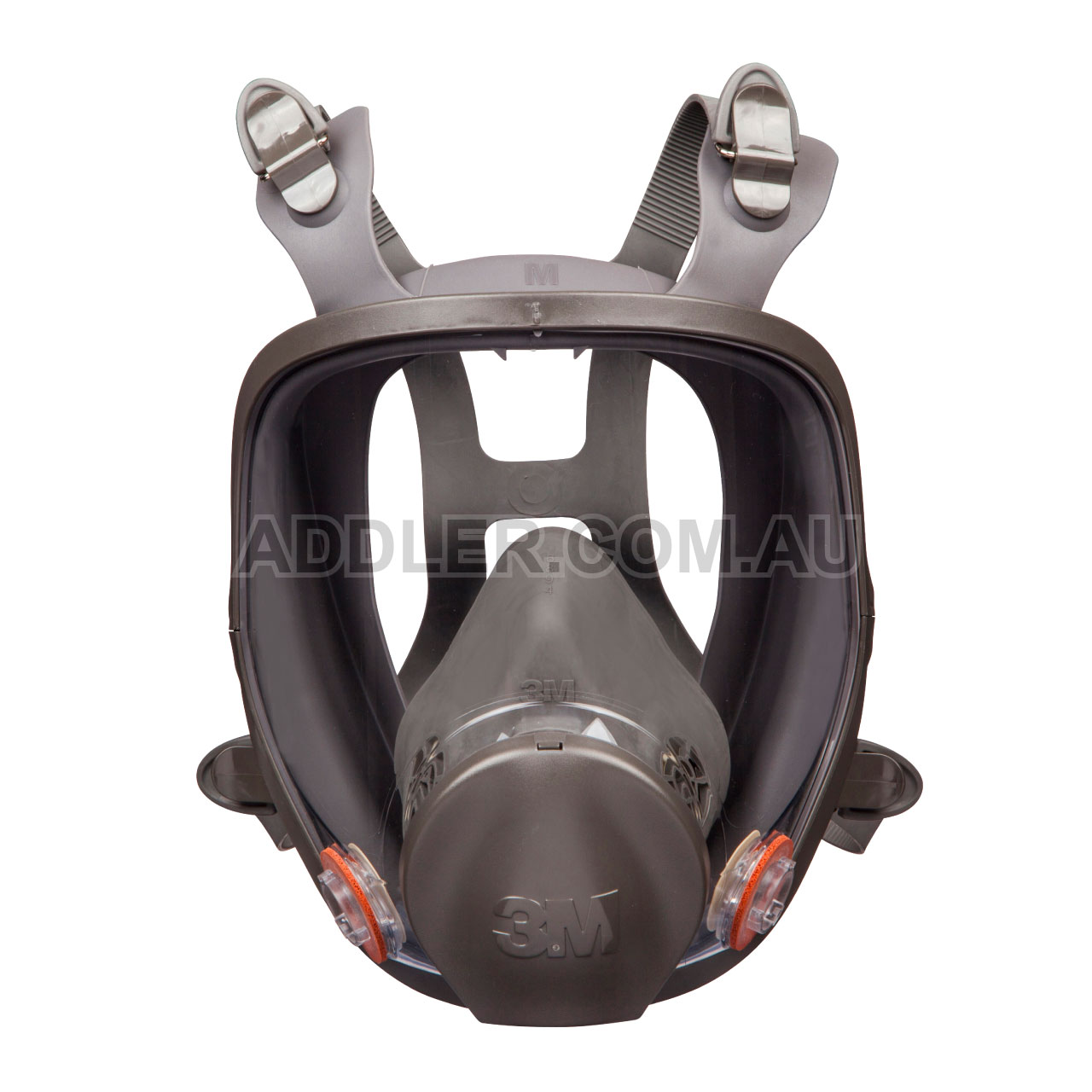 What is P3 Rating?
What is P3 Rating?
- P3 is a respiratory filter rating under the AS/NZS1716 standards for use in Australia and New Zealand. Protects against mechanically and thermally generated particles.
- Filtration rate: Filters at least 99.95% of airborne particles
- Suitable for: Relatively small particles generated by mechanical processes eg. grinding, cutting, sanding, drilling, sawing.
Sub-micron thermally generated particles e.g. welding fumes, fertilizer and bushfire smoke.
Biologically active airborne particles under specified infection control applications e.g. viruses, bactieria, COVID-19, SARS
Highly toxic particles e.g. Organophosphate Insecticides, Radionuclides, Asbestos - Note: P3 Rating can only be achieved when used with a Full Face Respirator or Powered Air-Purifying Respirator (PAPR). If used with any other respirator, it will only provide filtration protection up to a P2 rating.
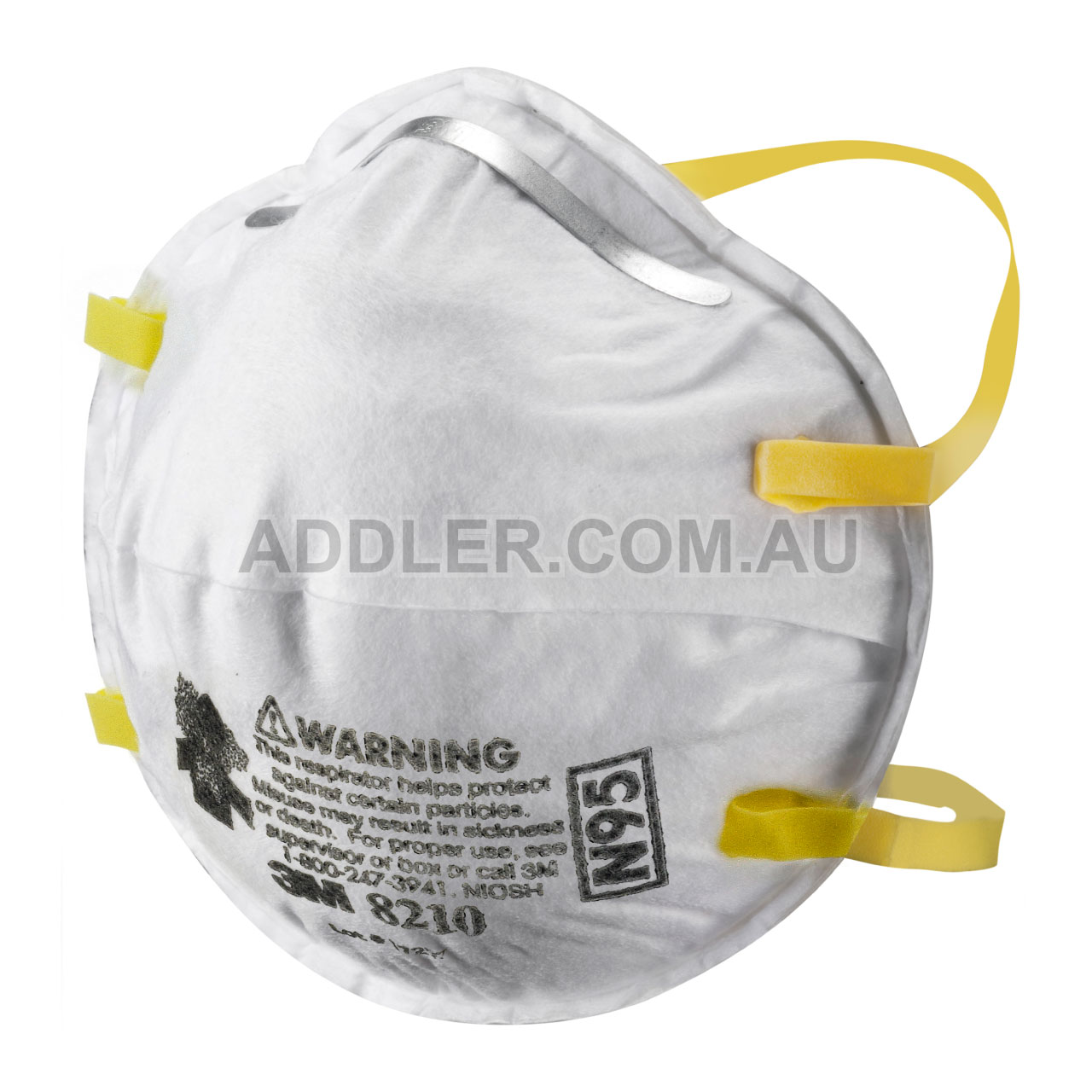
What is N95 Rating?
- N95 is a filter rating under the NIOSH standards used in USA and Canada. Protects against mechanically and thermally generated particles (Equivalent to the P2 standard used in Australia).
- Filtration rate: Filters at least 95% of airborne particles
- Suitable for: Relatively small particles generated by mechanical processes eg. grinding, cutting, sanding, drilling, sawing.
Sub-micron thermally generated particles e.g. welding fumes, fertilizer and bushfire smoke.
Biologically active airborne particles under specified infection control applications e.g. viruses, bactieria, COVID-19, SARS
What is KN95 Rating?
- KN95 is a filter rating under the National Chinese standards used in the Peoples Republic of China (PRC). Protects against mechanically and thermally generated particles.
- Filtration rate: Unknown
- Suitable for: Unknown
Should I use N95 masks in Australia?
The NIOSH used for respirators in the USA are very similar to the AS/NZS used in Australia. However, it is recommended that you use products certified in the particular country/region you are located to ensure you are adequately protected, and the products are being distributed through legal channels. During the COVID-19 crisis some governments are allowing the use of masks certified to equivalent standards (i.e. EN, NIOSH, AS/NZS)
Never use a respirator that has no certification or standards marks on the device or packaging.
What is N95 Rating?
- N95 is a filter rating under the NIOSH standards used in USA and Canada. Protects against mechanically and thermally generated particles (Equivalent to the P2 standard used in Australia).
- Filtration rate: Filters at least 95% of airborne particles
- Suitable for: Relatively small particles generated by mechanical processes eg. grinding, cutting, sanding, drilling, sawing.
Sub-micron thermally generated particles e.g. welding fumes, fertilizer and bushfire smoke.
Biologically active airborne particles under specified infection control applications e.g. viruses, bactieria, COVID-19, SARS
What is the difference between FFP2 and P2?
There is no difference between FFP2 and P2. FFP2 stands for “Filtering Facepiece P2”. This is most commonly abreviated to just “P2”.
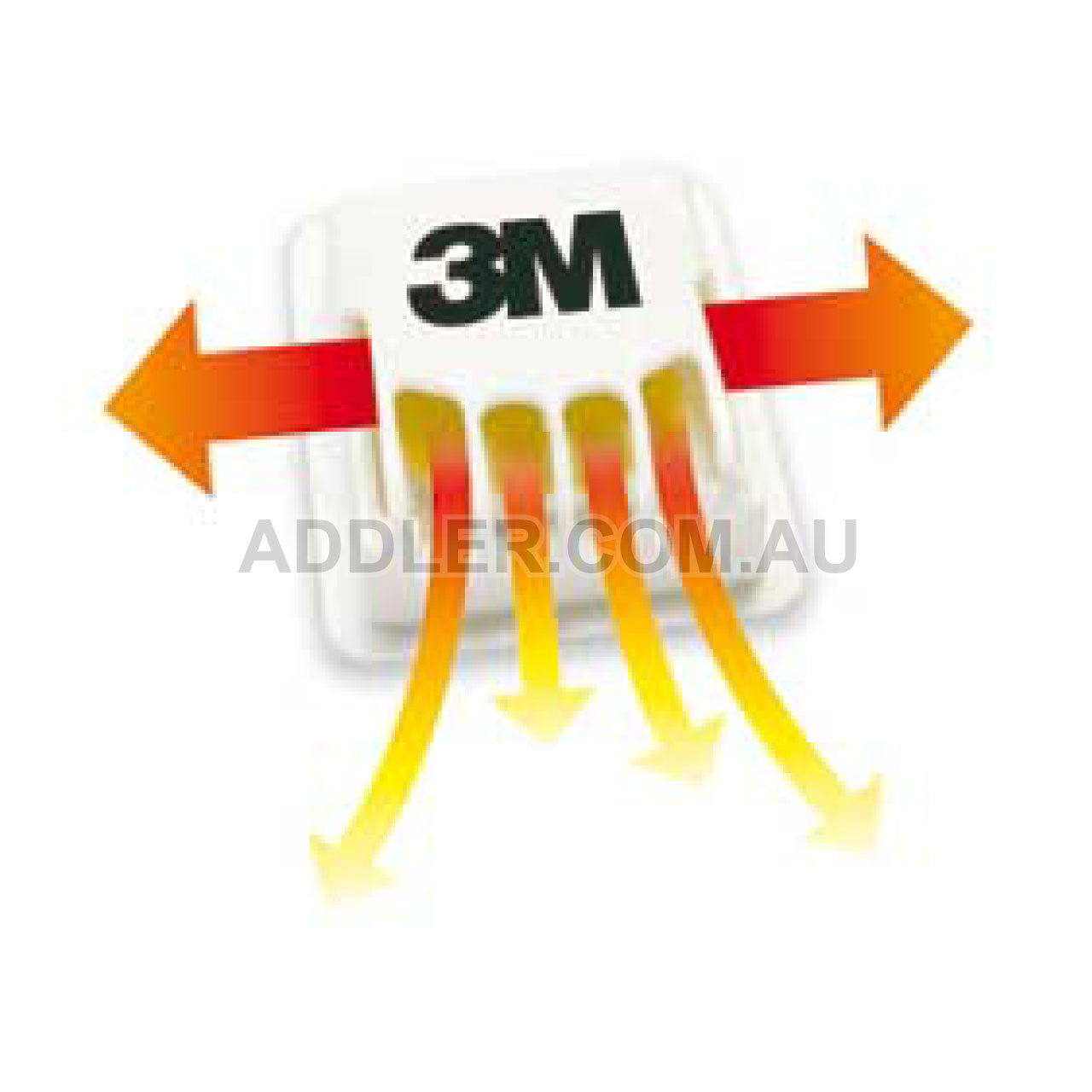 What is the function of valves on disposable respirators?
What is the function of valves on disposable respirators?
P1 and P2 respirators are available with a valve, either on the front or side.
The purpose of respirator valves is to make exhaling (i.e. breathing out) easier, and reducing fogging to glasses and other eye/face protective devices causes by warm breath releasing from the sides of respirator. These valves are one way, allowing air to escape only when exhaling.
This valve does not increase or reduce the filtration rating of a respirator. For example, a P2 mask with a valve does not offer higher protection that a P2 mask without a valve.
However, it has recently been pointed out that when air is exhaled through a valved respirator it is released back into the air unfiltered. To prevent the spread of infection (e.g. COVID-19) persons should use a non-valved respirator to ensure their breath is filtered both when inhaling and exhaling.
Its all in the seal!
The filtration rating of any respirator is dependent on the integrity of the seal between the mask and your face.
A mask placed over unshaven facial hair will greatly compromise the level of protection the mask can offer. Particles will be able to travel between the gap between the hair and the mask without being filtered.
Respirators with a flexible silicone face piece conform to facial features, forming a closer seal against unfiltered particles entering the airways.
Contact ADDLER on 1300 90 50 75 or [email protected] if you require any further assistance.


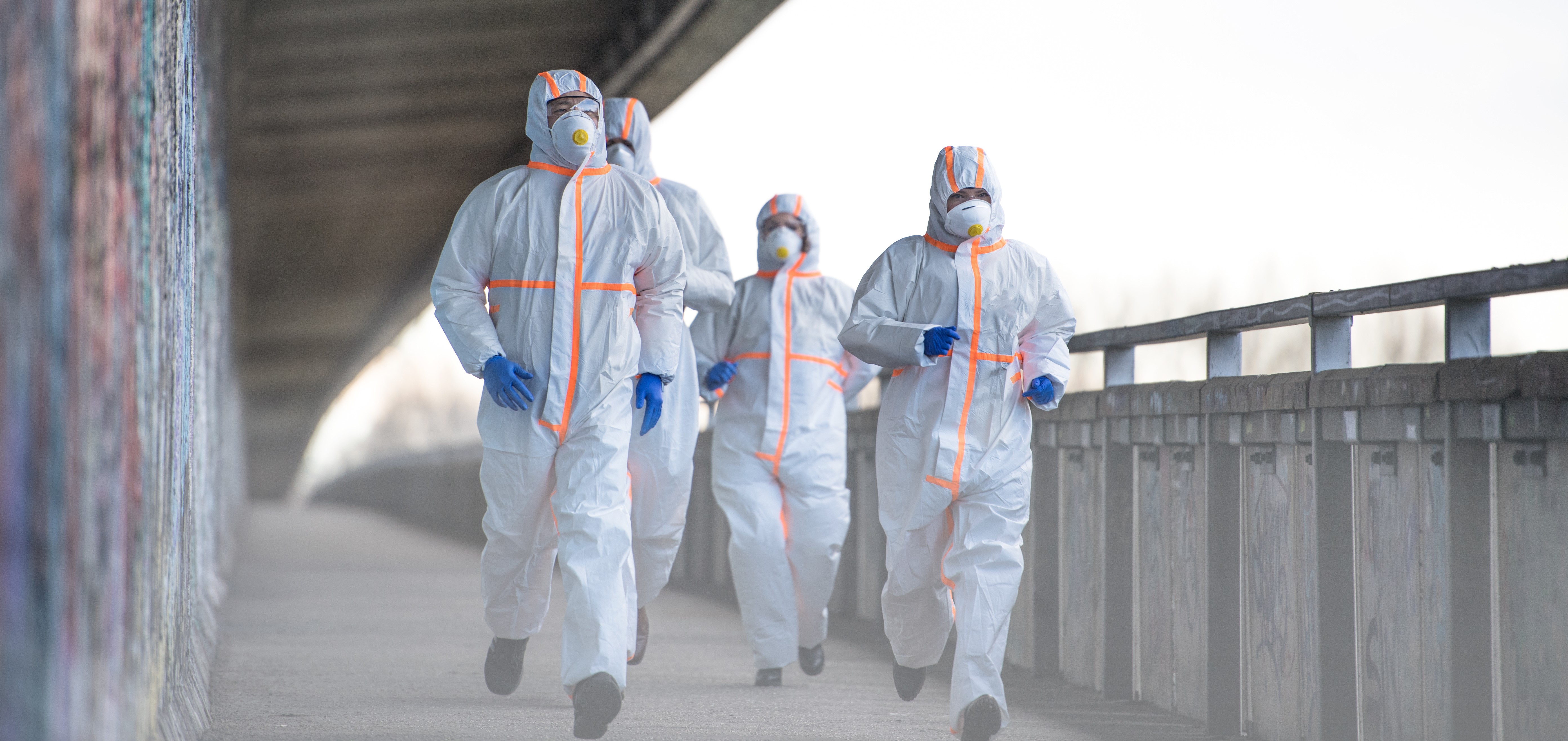
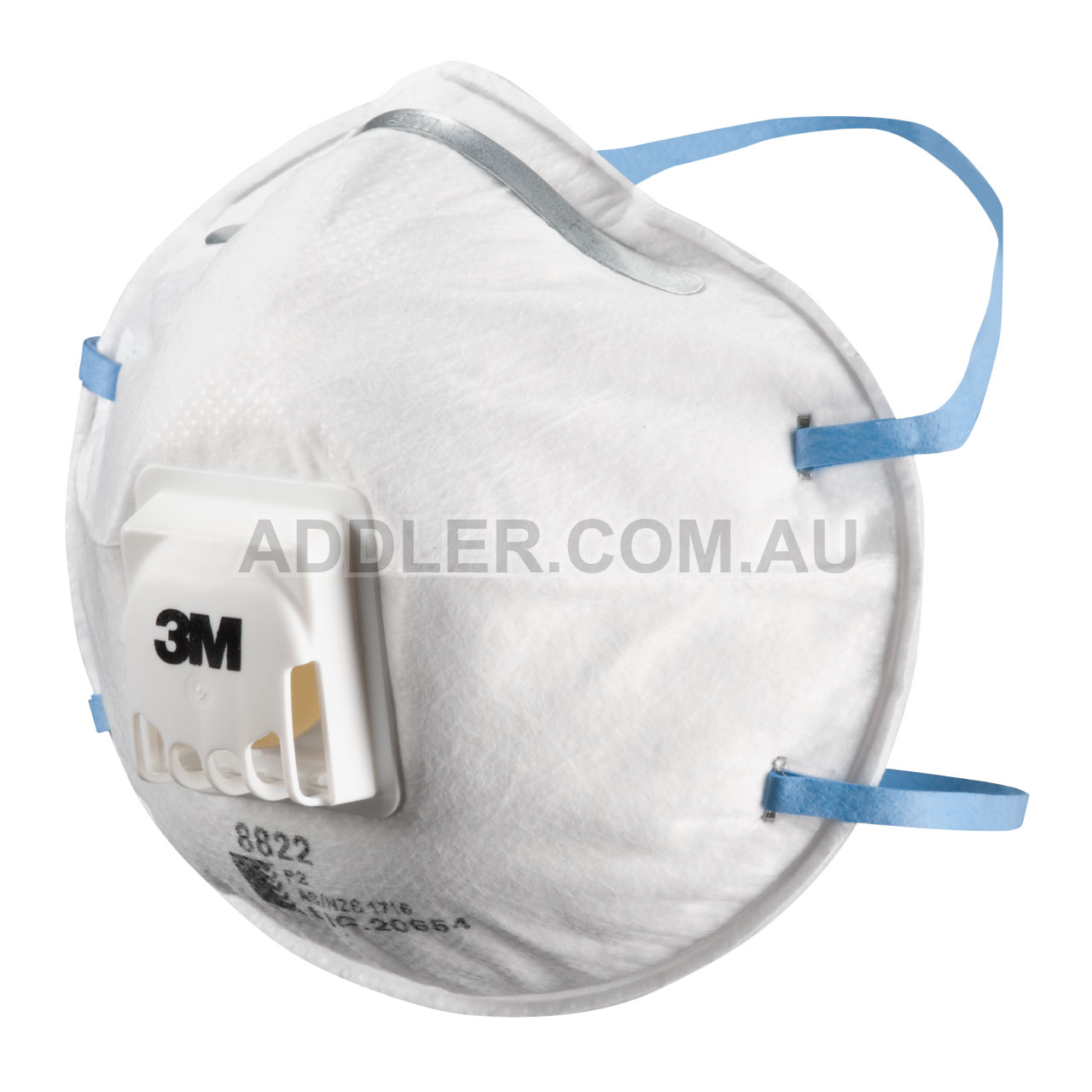 What is P2 Rating?
What is P2 Rating?
hi, I’m welding on a very frequent base Painted steel, and allways feel bad the day after i inhaled the smoke of the burning paint. I already tried a P3 and a A+P2 half mask, both helped to reduce the symphtomes but by far not enough, what kind of filter would you reccoment for this task?
Kind Regards
Kenny Legait
Hello Kenny,
You are currently using the correct filter types. Check that they are manufactured to AS/NZS 1716:2012 standards to ensure they are providing the claimed protection levels.
You can only achieve P3 filtration while using a full face respirator. When using a half face respirator the filter will only achieve P2. A full face respirator provides a better face seal and prevents fumes contacting your eyes.
You need to be professionally fit tested to ensure your respirator is sealing correctly to ensure fumes are not entering around through gaps the mask. If you have facial hair this will compromise the seal.
Hi I recommend using sunstrome p3 particulate filter (white) and p3 organic filter (brown), note snap lock brown filter on top of white filter then attach to respirator with a pre filter under retaining cap, replace pre filters after each use, check valve seals of the mask, make sure you clean your mask before and after use with iso wipes and store in a seal tight container, hygiene is the key. If you look after your mask and filters you may get up to 80 hours use of your filters.
I would use an Air fed welding helmet if need to do this job…
I am wondering if p2 will keep out mould spores